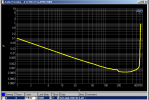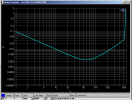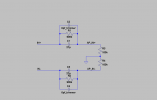The real issue was that Amir tested all the amps into far too low a load. In speaker amp terms it's like he tested them all into 1 ohm because that was the only high power load he had on hand.
With the solid state amps it "only" drastically reduced their maximum output. With the tube circuits it drastically raised their distortion as well.
The age of the amps, and consequently their power supply filter capacitors, is pretty much just related to the 60/120/etc hz hum and not distortion levels.
Correct, but it is not the only reason. It seems that he measured the amplifier as if it was a single ended, or heavily unbalancing the output stage. Infact the 2nd harmonic didn’t cancel out in his measurements.


